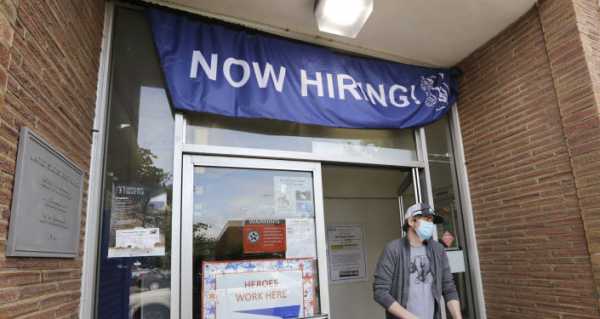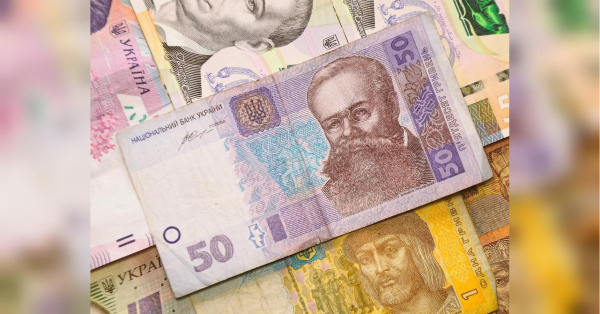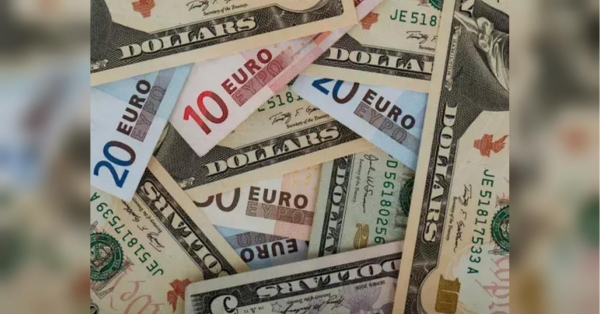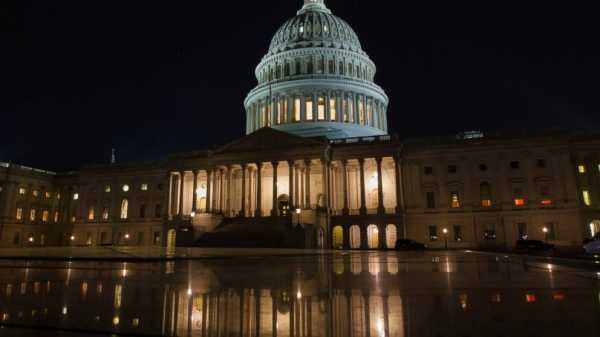
The H-1B is a non-immigrant United States visa for specialized workers, including areas such as IT, engineering, architecture, medicine and others – fields that normally require a degree.
The Trump administration on Tuesday announced new changes to the program of the H-1B visa, touting the move as a means of protecting American wages and cracking down on market abuse.
According to Fox News, citing the Department of Labor, the new rule will change the way the so-called ‘prevailing wage’ is formed with regard to workers in specialized fields, commonly resulting in making employers pay higher salaries.
The move aims at making sure that wages are not artificially suppressed by employers who hire would “lower cost foreign labor”.
According to Pizzella, the to-be-introduced new rule will be “faraway one of the most significant reforms made to the H-1B program in the past 20 years”.
One change is thought to be an altered definition of the “speciality occupation” to a job, that would require a degree rather than simply recommending it, while also “tightening standards to require that foreign workers show specialized merit to establish their eligibility”.
The H-1B program will also envisage more frequent vettings for compliance with its requirements – moreover, it is noted that in case one fails to fit them, it can lead to “denial or revocation of employer H-1B petitions”.
Trump, who is known to be tough on immigration and visa policy, in June signed an executive order suspending a variety of visas, including the H-1B, until the end of 2020, citing fear that foreign workers would take jobs from Americans.
The move received criticism, particularly regarding the H-1B visa, with many noting that this type of visa is aimed primarily at filling gaps in the US job market that cannot be filled by US-born workers.
Pizzella, when announcing the changes to the program, outlined that they would still allow gaps to be filled, while also giving US workers a “fair shake”.
The US issues around 85,000 H-1B visas annually, according to United States Citizenship and Immigration Services (USCIS) data, with the majority of applicants from China and India.
Sourse: sputniknews.com






